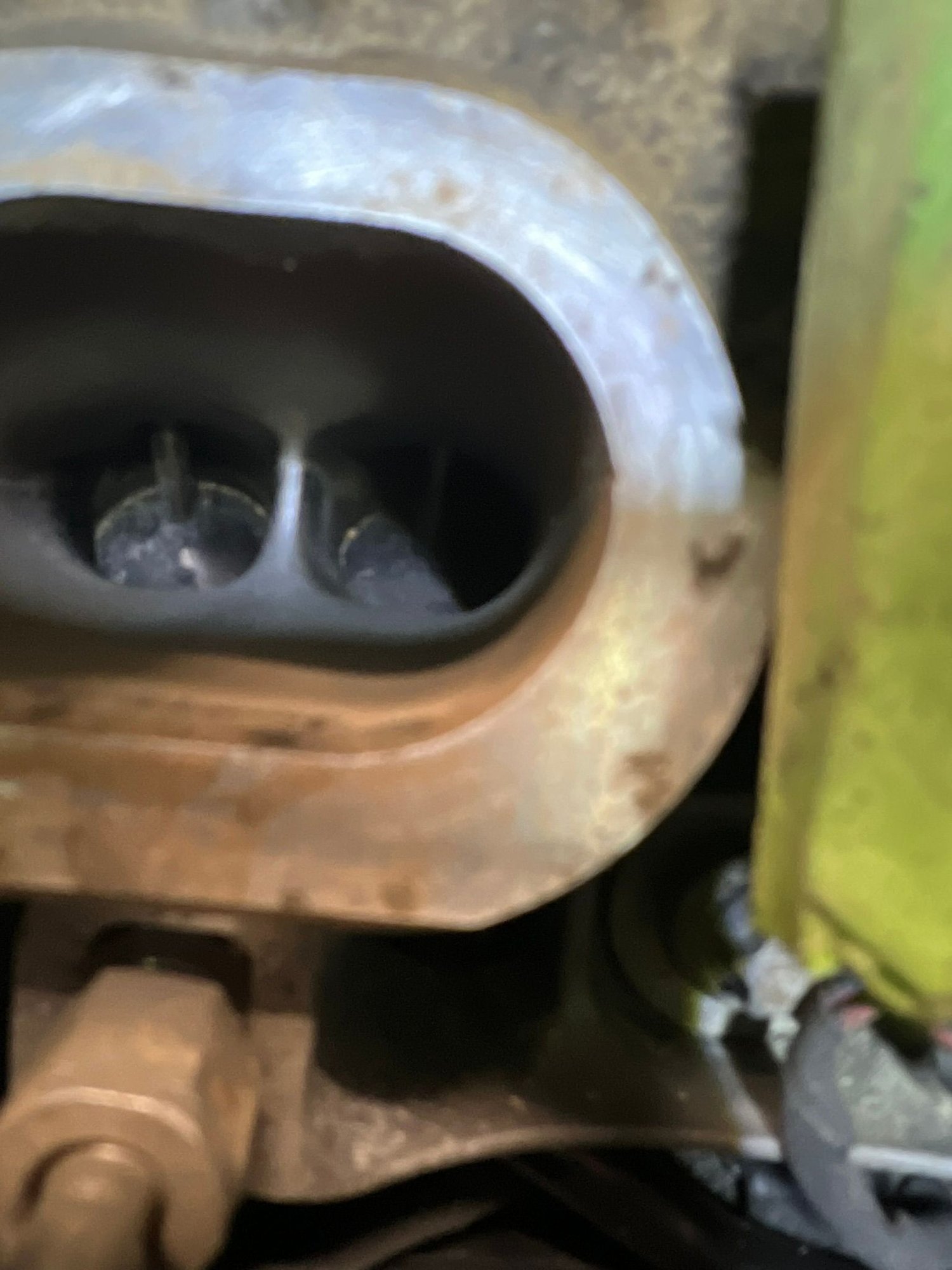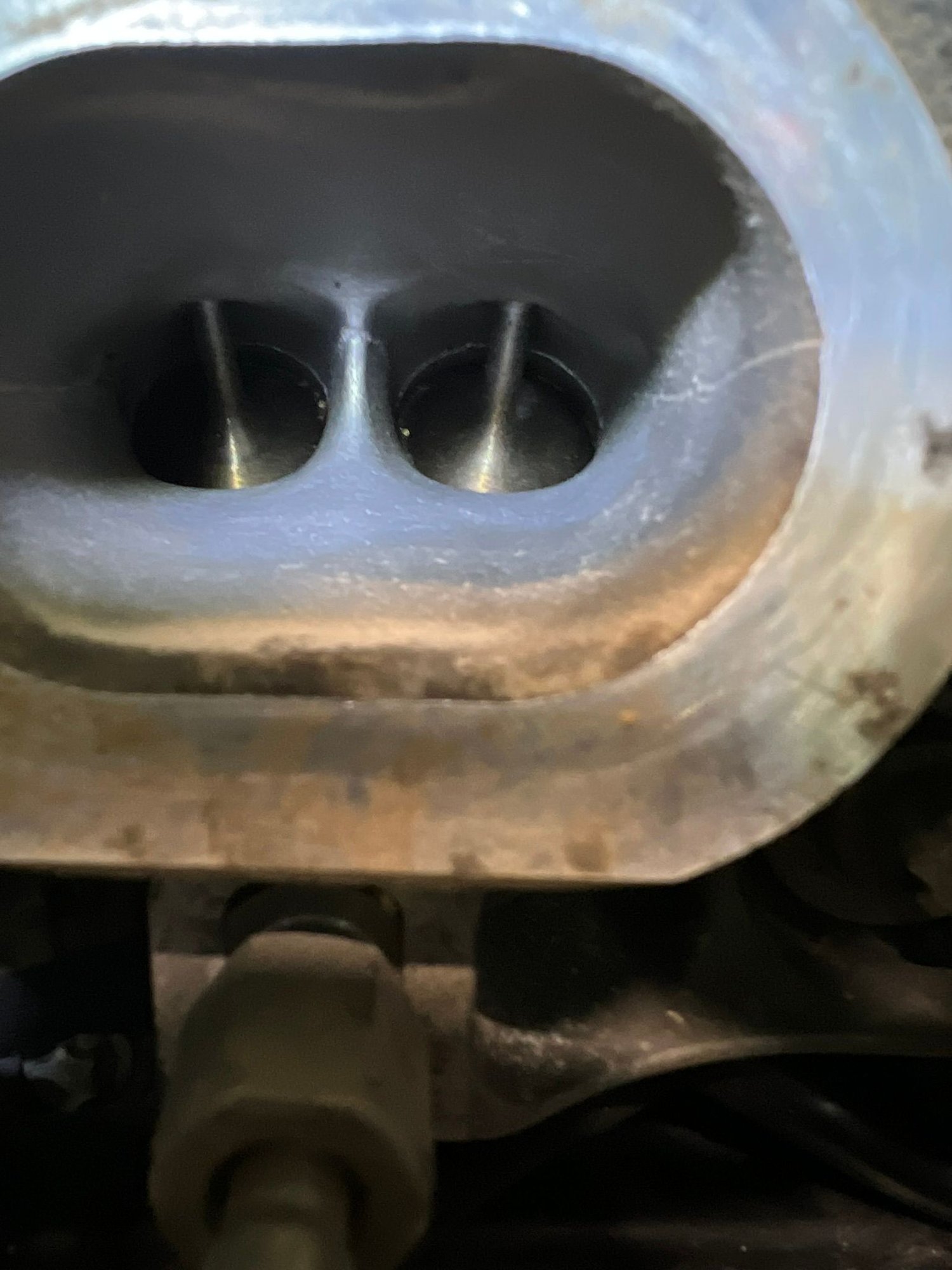walnut blasting valves? (09+)
#16
@golock911 want to take some measurements of the valves I can try designing and printing a blaster/vacuum adapter?
#18
No rush on my end.
What else are you doing while in there? PO of my car said they pulled intake. Im assuming they didnt change gaskets, etc and am not sure on quality of work. I was thinking of taking it out and blasting valves as I just did it on a Jetta. Any other good-to-do while in there? I dont see a coolant Y pipe like the 955.
What else are you doing while in there? PO of my car said they pulled intake. Im assuming they didnt change gaskets, etc and am not sure on quality of work. I was thinking of taking it out and blasting valves as I just did it on a Jetta. Any other good-to-do while in there? I dont see a coolant Y pipe like the 955.
#20
Here are the measurements anyway.
Inside, 55mm x 36mm
Outside, 75mm x 54mm
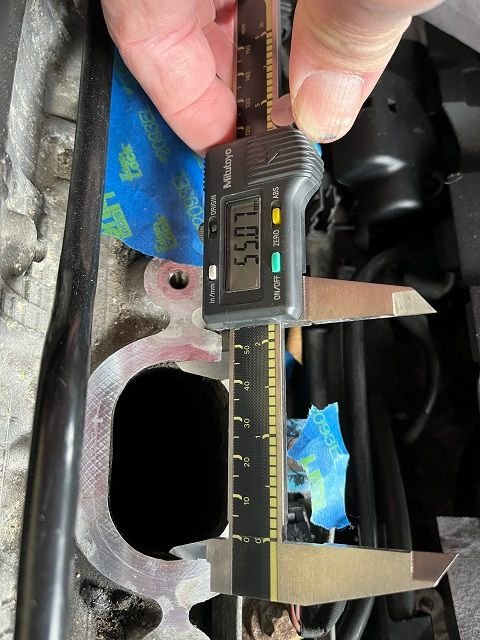
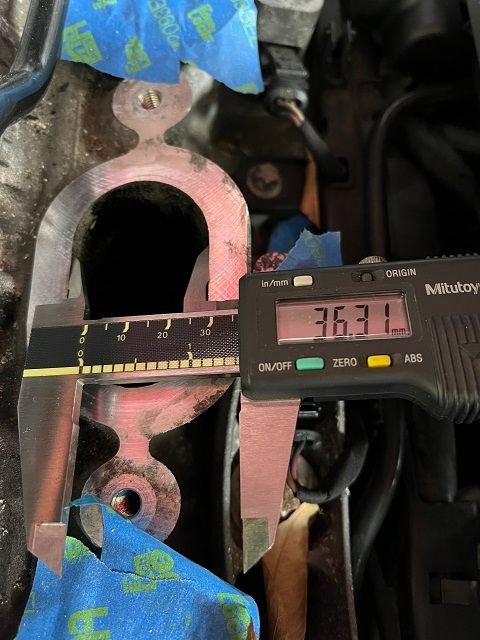
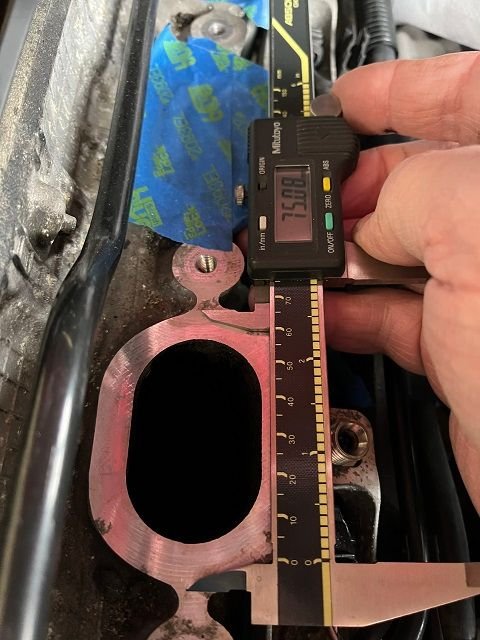

The rounded area seems circular which would make the radius 19mm. The center line between the 2 circles would be 19mm.
Good luck!
#22
well... in an earlier post, I mentioned I'd get this done over winter break. And that didn't happen. Then work happened and I shuffled about the planet for a bit. So, finally finished this last weekend, just before the next trip. Videos before and after are uploaded. Upload size limits forced me to break up the before vid. Sorry.
Recall this engine has 162k miles. Cleaning had never been done. Engine was running fine and was not throwing codes. If I didn't need to change the starter, I would've never even looked. That said, @PourBoi-Jay has it right, this is a critical cleaning item. Much easier the earlier you do it. Just from the pictures above you can see the difference in crustiness between 85K and 162K miles. As mentioned by others, better oil should minimize the problem, but it will still occur. I now have Driven DI40 in this engine. I'll check again in 10K miles.
Primary comment: Descriptions of this being hard carbon residue is misleading, in my case anyway. It leads you to believe it is hard and crusty. My case had 3 distinctive layers: 1) loose sludge layer, smeary, easy to move about 2) gummy sticky layer 3) hard crusty layer
The walnut blaster was not terribly effective with the first 2 layers. I expect this is why we see alot of solvents being used in the videos. For these layers, the walnut media gets stuck in the sticky layers and makes it easier to scrape out. Then use the blaster again, look about with the boroscope for shadowed crustiness, scrape and blast again.
I can't imagine a shop doing this job for the prices that have been posted. A lot of attention is needed to get it clean. In a business that rewards speed, I have to believe these jobs are not well done. Even my **** retentiveness was tested. Some of them are not as clean as I would like. Request before and after photos maybe.
Oh, and the new starter is awesome!! So much faster than the old one when cold. And just as fast when hot.
Recall this engine has 162k miles. Cleaning had never been done. Engine was running fine and was not throwing codes. If I didn't need to change the starter, I would've never even looked. That said, @PourBoi-Jay has it right, this is a critical cleaning item. Much easier the earlier you do it. Just from the pictures above you can see the difference in crustiness between 85K and 162K miles. As mentioned by others, better oil should minimize the problem, but it will still occur. I now have Driven DI40 in this engine. I'll check again in 10K miles.
Primary comment: Descriptions of this being hard carbon residue is misleading, in my case anyway. It leads you to believe it is hard and crusty. My case had 3 distinctive layers: 1) loose sludge layer, smeary, easy to move about 2) gummy sticky layer 3) hard crusty layer
The walnut blaster was not terribly effective with the first 2 layers. I expect this is why we see alot of solvents being used in the videos. For these layers, the walnut media gets stuck in the sticky layers and makes it easier to scrape out. Then use the blaster again, look about with the boroscope for shadowed crustiness, scrape and blast again.
I can't imagine a shop doing this job for the prices that have been posted. A lot of attention is needed to get it clean. In a business that rewards speed, I have to believe these jobs are not well done. Even my **** retentiveness was tested. Some of them are not as clean as I would like. Request before and after photos maybe.
Oh, and the new starter is awesome!! So much faster than the old one when cold. And just as fast when hot.
#23
Great work!!
it’s definitely neither a fun nor easy job, but hope you agree that it’s totally worth all contorting and cursing you endured! Totally transformed my throttle response.
I recently added a catch can to remove the excess oil vapor from the combustion chamber. That should help keep the valves cleaner over time.
Enjoy!
it’s definitely neither a fun nor easy job, but hope you agree that it’s totally worth all contorting and cursing you endured! Totally transformed my throttle response.
I recently added a catch can to remove the excess oil vapor from the combustion chamber. That should help keep the valves cleaner over time.
Enjoy!
#25
@PourBoi-Jay Yes! The difference is quite striking. Throttle response is hugely improved. Absolutely more power overall, but really comes on above 3K. It'll take another 2 months before I can say anything about mileage improvements. I haven't looked into catch cans for anything before, but will start when I get back from this next trip
@Crozzer Nice! The difference in your starting point and mine is crazy. It must be either difference due to the Turbo or all the sidewall crap starts collecting very quickly after the top of the valves start to cake. It kind of makes sense. Oil in the air hits the back of the valve and sticks. The first layers of oil start to volatilize and get sticky, layer gets thicker. Eventually it starts affecting the flow pattern around the valve creating turbulence along the walls. So the walls start collecting sludge. And so on.
How often do the VW folks clean theirs?
@Crozzer Nice! The difference in your starting point and mine is crazy. It must be either difference due to the Turbo or all the sidewall crap starts collecting very quickly after the top of the valves start to cake. It kind of makes sense. Oil in the air hits the back of the valve and sticks. The first layers of oil start to volatilize and get sticky, layer gets thicker. Eventually it starts affecting the flow pattern around the valve creating turbulence along the walls. So the walls start collecting sludge. And so on.
How often do the VW folks clean theirs?



